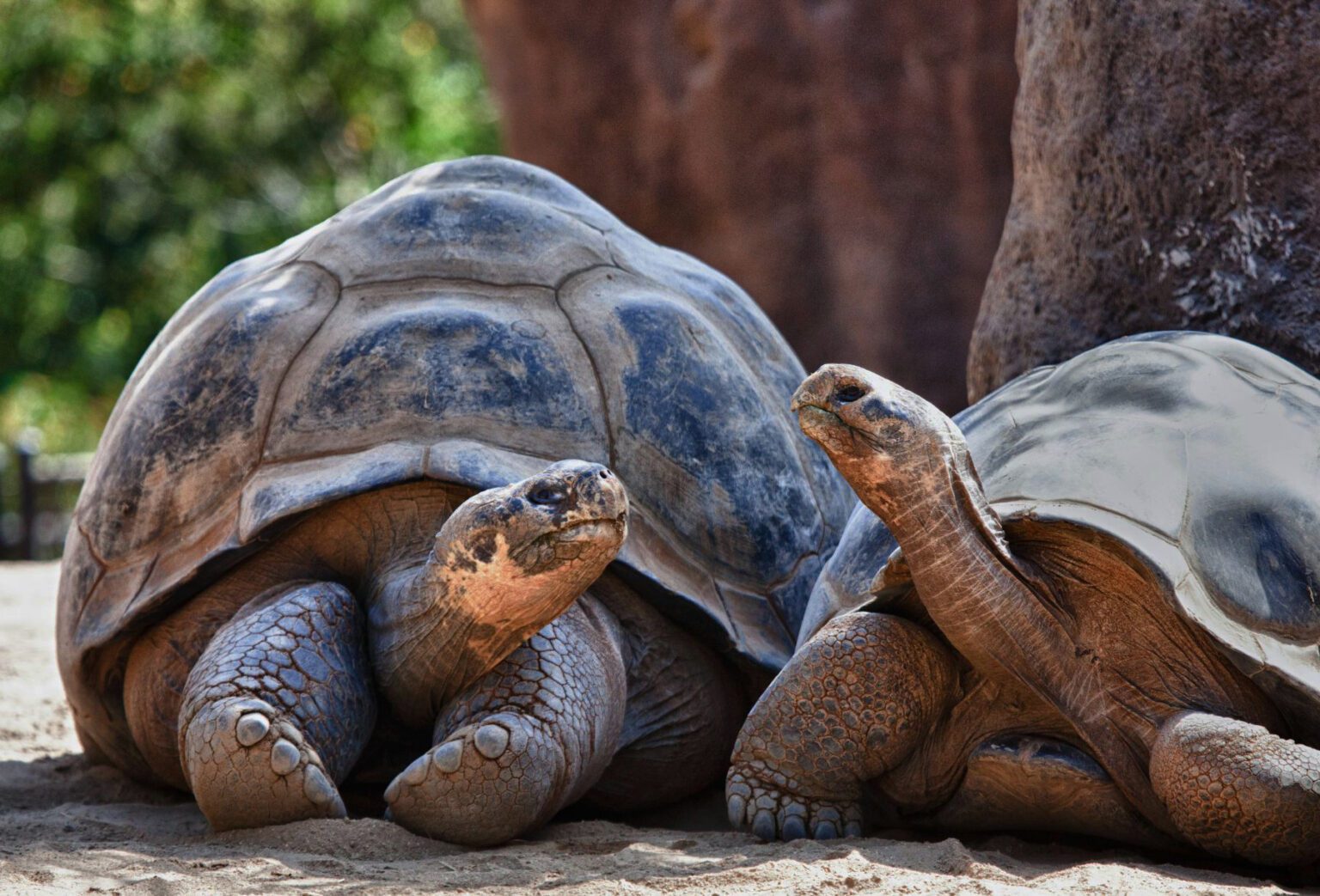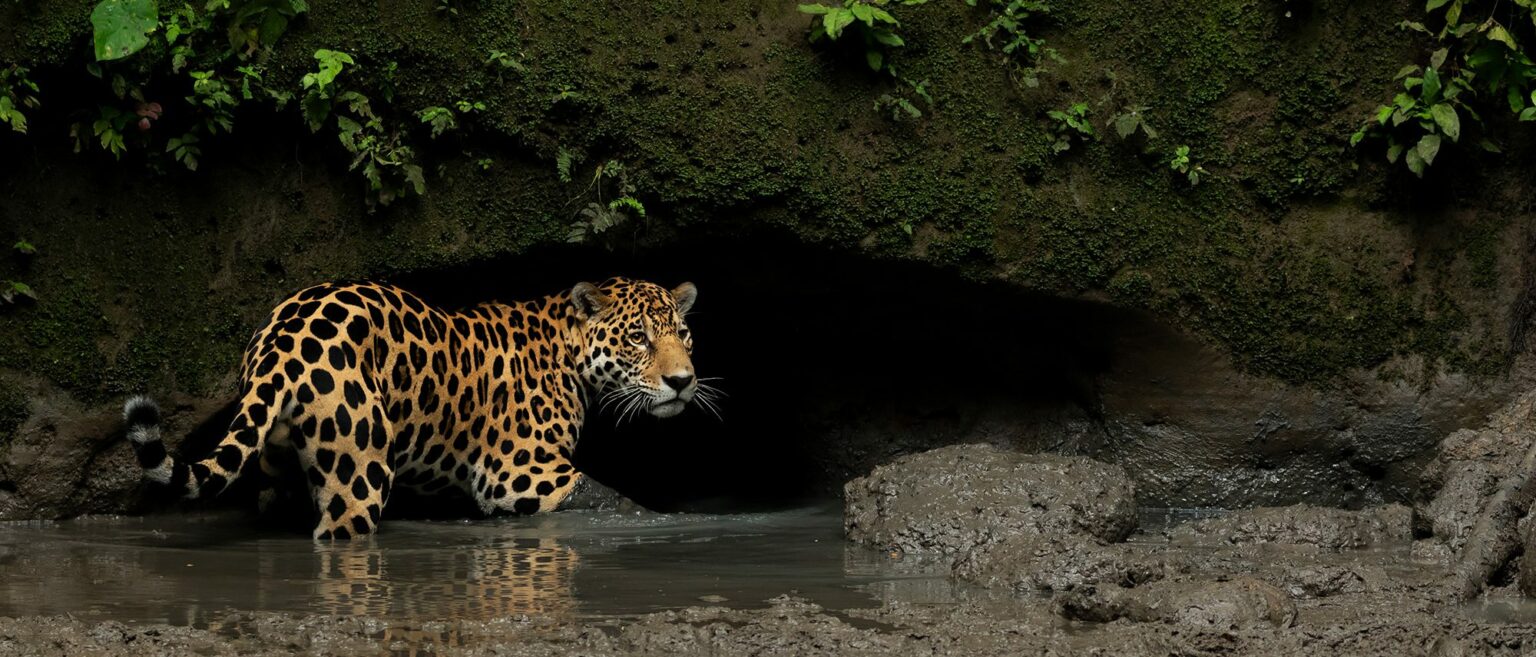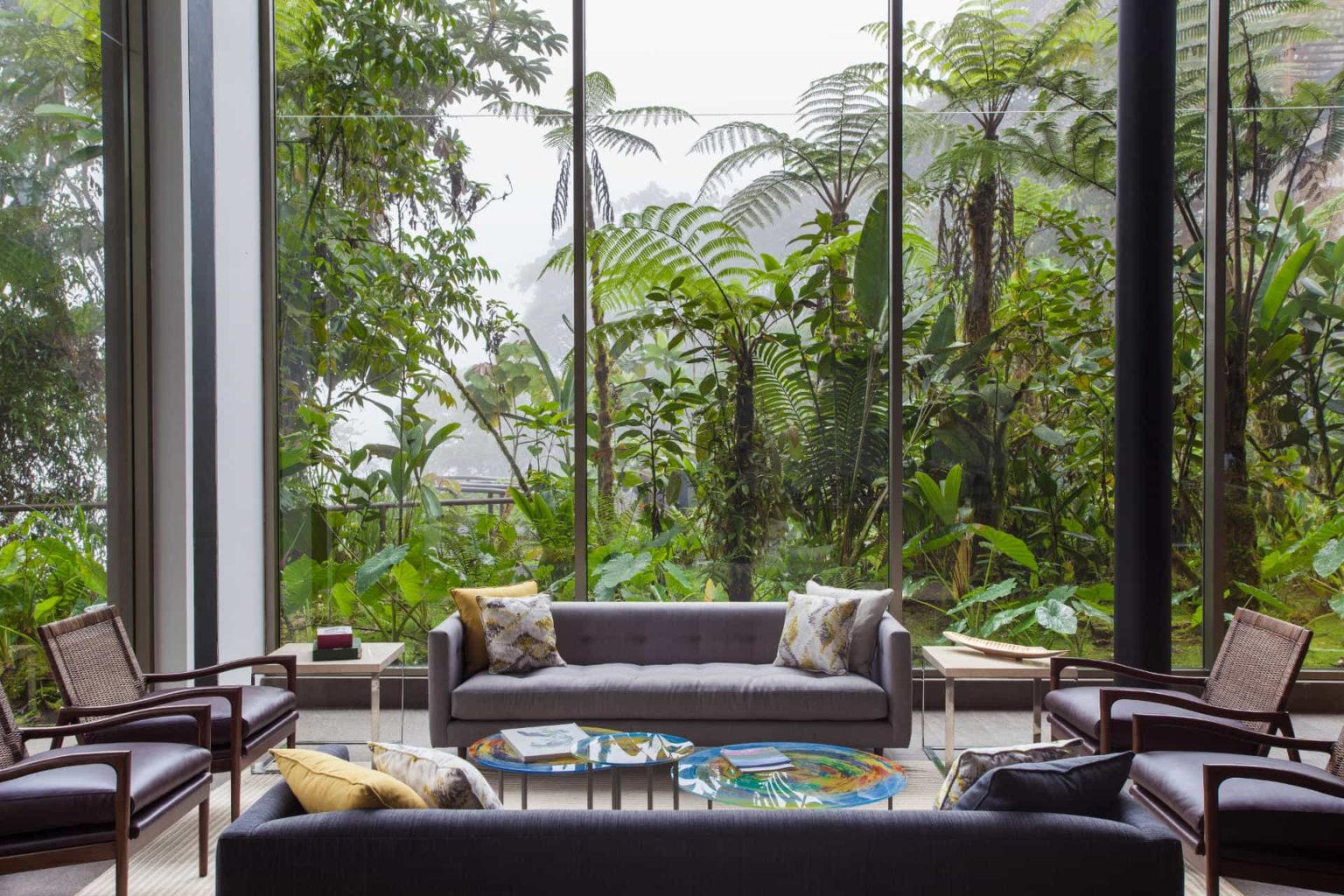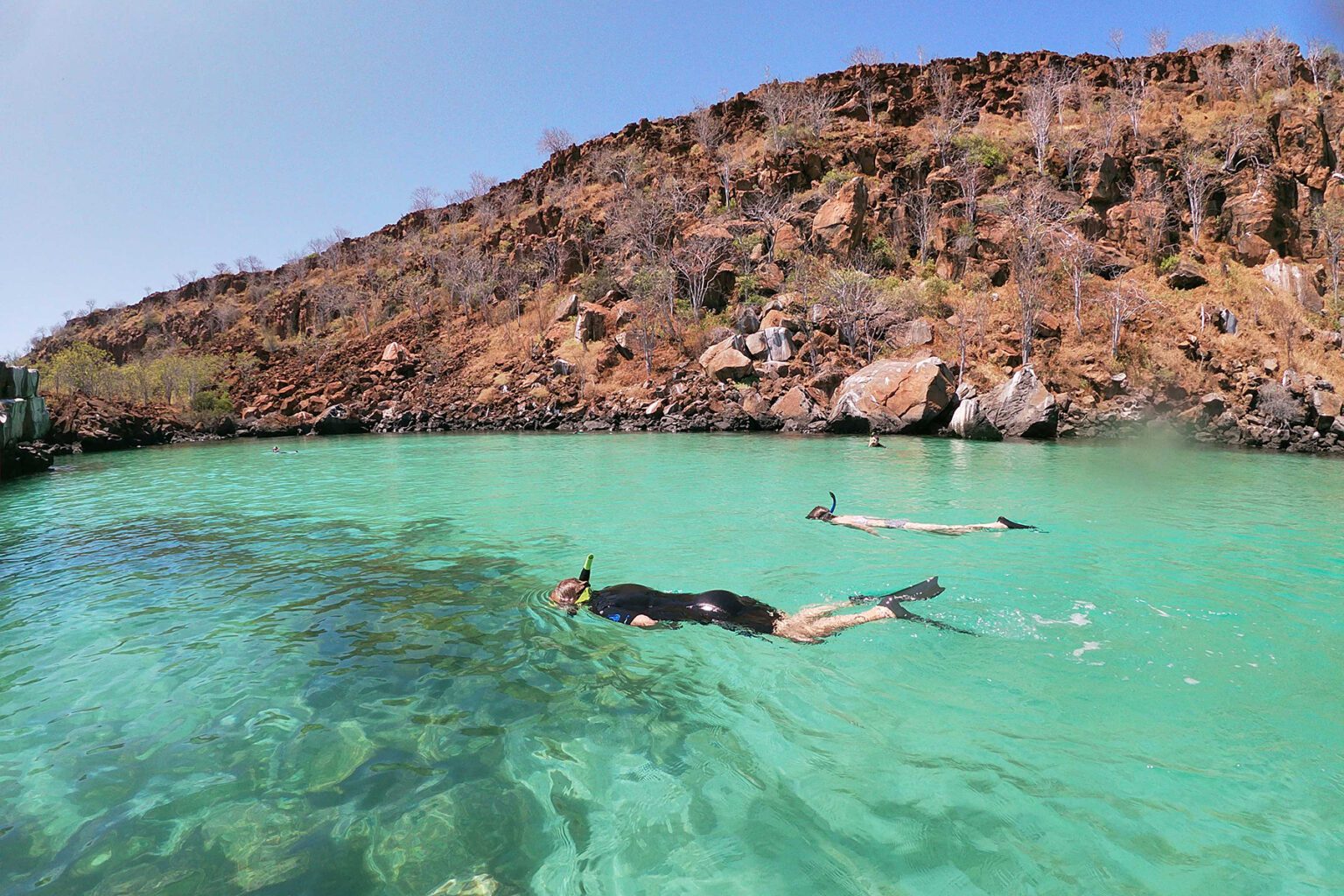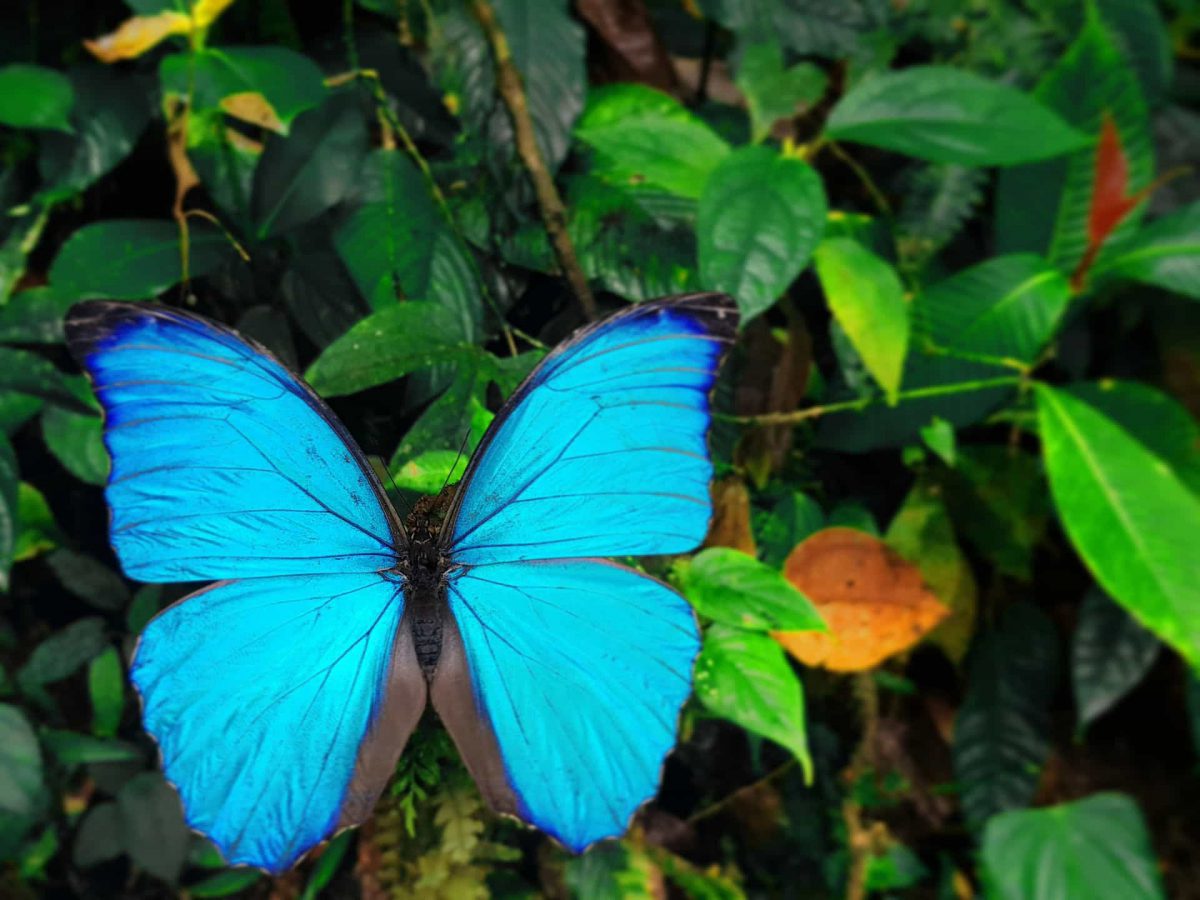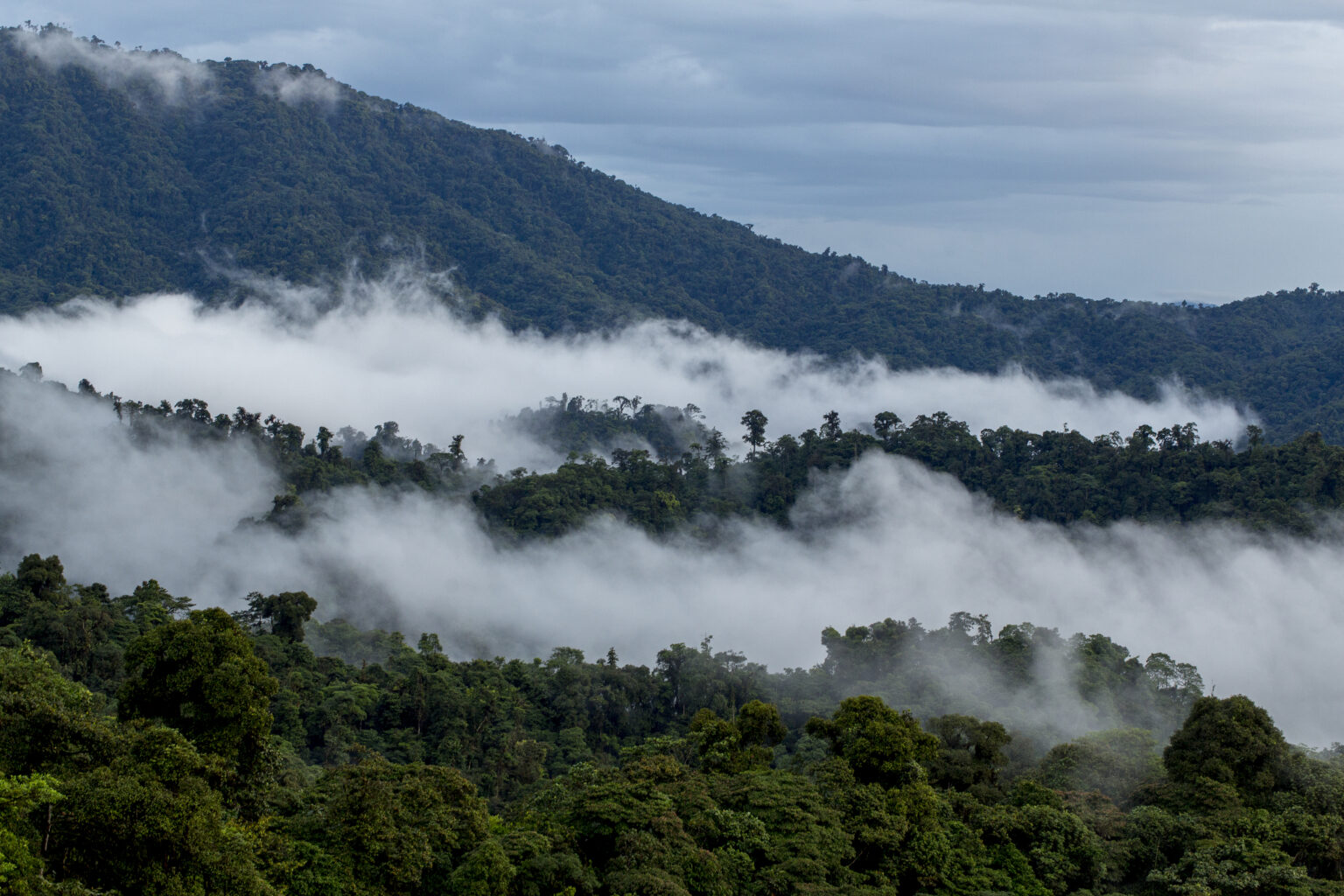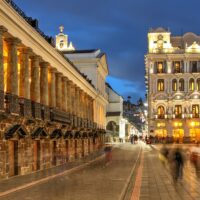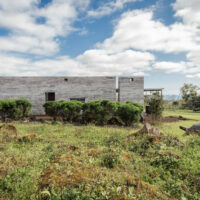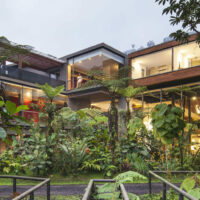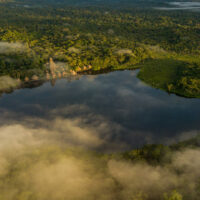Travel consciously through Ecuador's magnificent landscapes
This 12-day itinerary highlights some of the most sustainable and eco-conscious properties in Ecuador. International and domestic flights generate the majority of carbon emissions for any traveler, which is why Extraordinary Journeys offsets all client flights. Take things a step further by selecting properties and experiences in Ecuador and the Galápagos that emphasize sustainability and community-based tourism without sacrificing comfort or beauty. This journey takes you the UNESCO capital of Quito, the UNESCO-protected Galápagos Islands, Ecuador's Cloud Forest, and finally to the mighty Amazon Jungle. While there are actually many "eco-minded" lodges, cruises, hotels, and experiences throughout Ecuador and the Galápagos, we've chosen to highlight a few of our favorites. Read more about each hotel's sustainability efforts in the Trip Highlights below.
Who is a luxury Sustainable Ecuador trip best for?
Travelers wishing to reduce or mitigate their carbon footprint and environmental impact, and those focused on community-based tourism.
Day-to-day itinerary
DAYS 1 & 2:
Arrive to Quito, Carlota Hotel
DAYS 3, 4, 5, & 6:
Fly to the Galápagos Islands, Montemar Eco-Villas
DAYS 7 & 8:
Fly back to the mainland, transfer to the cloud forest: Mashpi Lodge
DAYS 9, 10, & 11:
Fly to the Amazon, Napo Wildlife Center
Sustainable Ecuador trip highlights
- This Ecuador itinerary begins in the UNESCO World Heritage Site of Quito, Ecuador's capital. During your city stay, check into The Carlota, a 1900's-era, French-styled home-turned-design hotel in Quito's historic center. It's also Ecuador's first LEED Certified-hotel, as designated by the U.S. Green Building Council. Some of the property's sustainability initiatives include renewable solar energy production, a water filtration system that allows for grey water to be recovered and reused, water fixtures designed for low consumption, and building materials derived from recycled content. The building also incorporates reclaimed and maintained windows, doors, and structures. Furthermore, Carlota stands as the pioneering hotel in Ecuador to attain B-Corp Certification, underscoring its unwavering commitment to uphold the highest standards across the realms of social responsibility, environmental sustainability, and economic impact.
- Next, it's time to fly out to the Galápagos Islands! Another UNESCO-designated site, the Galápagos Islands and the surrounding marine reserve are a living museum and the original showcase of evolution. The islands and surrounding sea are some of the most protected areas in the world, and it's important to travel lightly while visiting this pristine area. Montemar, a visionary eco-luxury villa project founded by Reyna and Roberto Plaza, is setting new standards for sustainable tourism in the Galápagos Islands. Situated on a 43-acre property within the Galápagos Giant Tortoises Territory, Montemar includes two spacious villas, Tortuga and Lechuza, constructed with locally sourced materials such as bamboo, lava, and cedar. These villas harmonize with the environment, utilizing solar panels for heating, rainwater harvesting, and on-site food production. Montemar's commitment to minimizing its ecological footprint extends to its strategic placement, optimizing natural ventilation. This endeavor inspires conscious travelers and serves as a model for sustainable hospitality, demonstrating that luxury and sustainability can coexist while nurturing a deep connection to nature.
- It's time to leave the Galápagos and return to the mainland. You'll fly back to Quito and head straight to the Cloud Forest, located just 2.5 hours from the capital, to reach the famous Mashpi Ecolodge. Mashpi's location in the biodiverse Mashpi Rainforest Reserve speaks volumes about its commitment to preserving fragile ecosystems. The lodge has meticulously minimized its environmental impact through innovative architectural design and construction practices that blend with the rainforest surroundings. It has state-of-the-art sustainable technologies, such as hydroelectric power generation and a rainwater harvesting system. Mashpi places a strong emphasis on conservation and community engagement. The lodge actively contributes to scientific research and wildlife protection within the reserve, which is pivotal in safeguarding endangered species and biodiversity. The Ecuadorian government gave $1.5 million to Mashpi and requires 80 per cent of staff be local; fifteen per cent of its shares go to employees and residents. Since the hotel is beholden to the local community—and community members have a stake in Mashpi—the success of both entities is in everybody’s best interest.
- Finally, you'll hop on a short flight to Ecuador's Amazon Jungle, to the Yasuní National Park, yet another UNESCO Heritage site. Stay at Napo Wildlife Center, which is 100 per cent owned and managed by the indigenous Kichwa Añangu people, making it an amazing example of community-based ecotourism that benefits the local community while preserving the area's diverse flora and fauna. The facility operates on clean energy from a nearby hydroelectric generator. This approach drastically reduces carbon emissions and reliance on fossil fuels, preserving the fragile Amazonian ecosystem. The lodge also utilizes a state-of-the-art wastewater treatment system to minimize its impact on local waterways, underscoring its commitment to responsible resource management. Moreover, Napo Wildlife Center actively engages in conservation efforts by collaborating with local indigenous communities and funding scientific research projects in Yasuní National Park. Their support for initiatives like the Yasuní ITT Trust Fund, which aims to protect the park from oil drilling, demonstrates a proactive commitment to preserving the biodiversity-rich rainforest. The lodge's sustainable tourism model ensures that guests not only have a memorable experience but also contribute directly to conservation efforts, providing vital financial support for the protection of this invaluable natural heritage.
Price
Starting at $8,925 per person traveling in 2024. Contact us for pricing and to connect with your personal travel expert
When is the best time to travel to Ecuador and the Galápagos Islands?
The best time to visit the Galápagos Islands for sunny, warm weather and calm, clear seas is between December and June. July and August bring the most rainfall. June through November is the cool season, great for hiking and viewing active sea life. Birds in the Cloud Forest are at their most active between October and May. Quito and the Amazon can be visited year-round. Talk with your South America specialist to determine the best time for your trip.
Sustainable Ecuador map
Easy extensions
Continue your journey through the Andes to Chilcabamba Mountain Lodge in Cotopaxi National Park, or learn more about Ecuador's cultural heritage at Hacienda Zuleta in the Andean Highlands. Visit Ecuador's relatively unexplored Pacific Coast for some of the best beaches in the Americas and the freshest farm-to-table and "tide-to-table" Ecuadorian cuisine.
Explore other itineraries
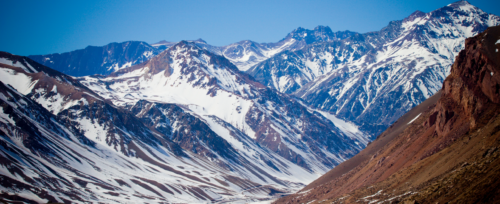
- Itinerary
Sustainable Argentina
Travel consciously through Argentina’s diverse landscapes
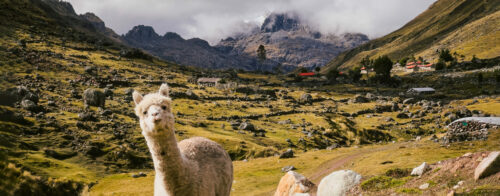
- Itinerary
Sustainable Peru
Travel consciously through Peru's magnificent landscapes

- Itinerary
Sustainable Chile
Travel consciously through Chile's magnificent landscapes

